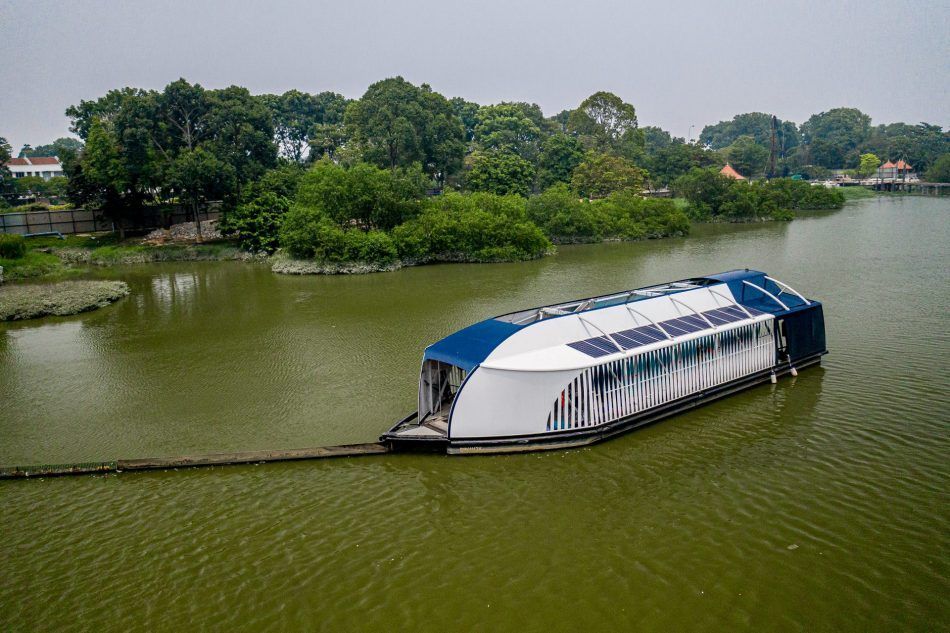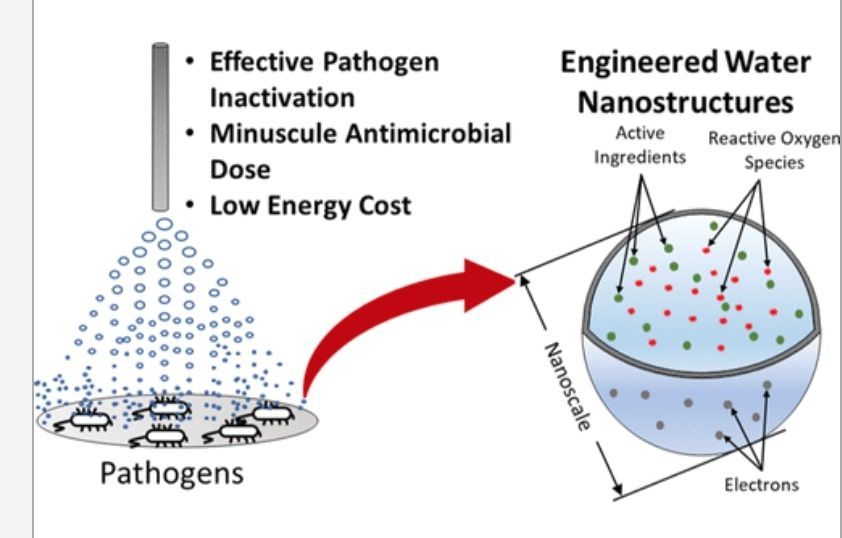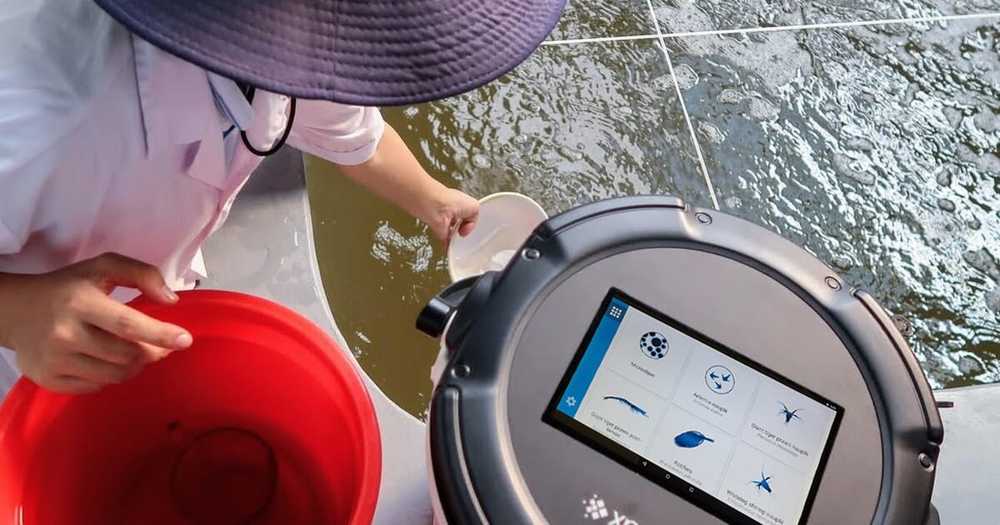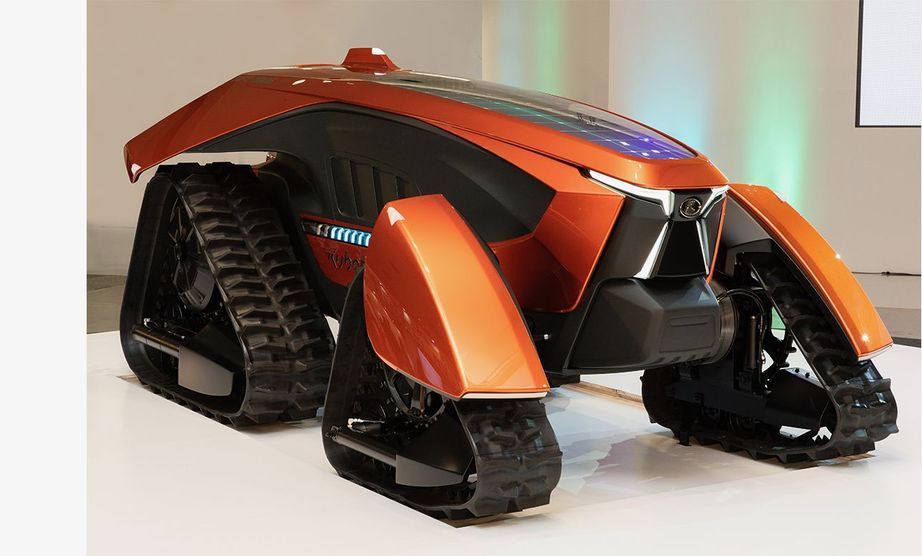While removing the plastic waste that currently contaminates the ocean today will be crucial for protecting marine ecosystems, it is arguably more important that we stop any more plastic trash from entering the ocean. Fortunately for humanity, The Ocean Cleanup, a nonprofit taking on plastic waste in the ocean today, also has a novel solution for stopping plastic from entering it via rivers.
The solution comes in the form of a solar-powered barge named the “Interceptor”. The 24-meter-long (78 feet) vessel resembles a large houseboat and uses a curved barrier to catch waste floating downstream. The trash, much of it plastic, is directed to the “mouth” of the barge — which operates autonomously and silently — from where it rolls up a conveyor belt and is dropped into dumpsters. Apparently, the Interceptor is capable of collecting up to 50 tons of waste a day.
Currently the Klang River in Malaysia is home to one of these Interceptors where it can be seen quietly scooping up trash. The Klang river alone sends more than 15,000 tons annually into the sea, making it one of the 50 most-polluting rivers across the globe. As well as the barge in Malaysia, one has been stationed in Jakarta, the overcrowded capital of neighboring Indonesia, while two others will be sent to Vietnam and the Dominican Republic.








